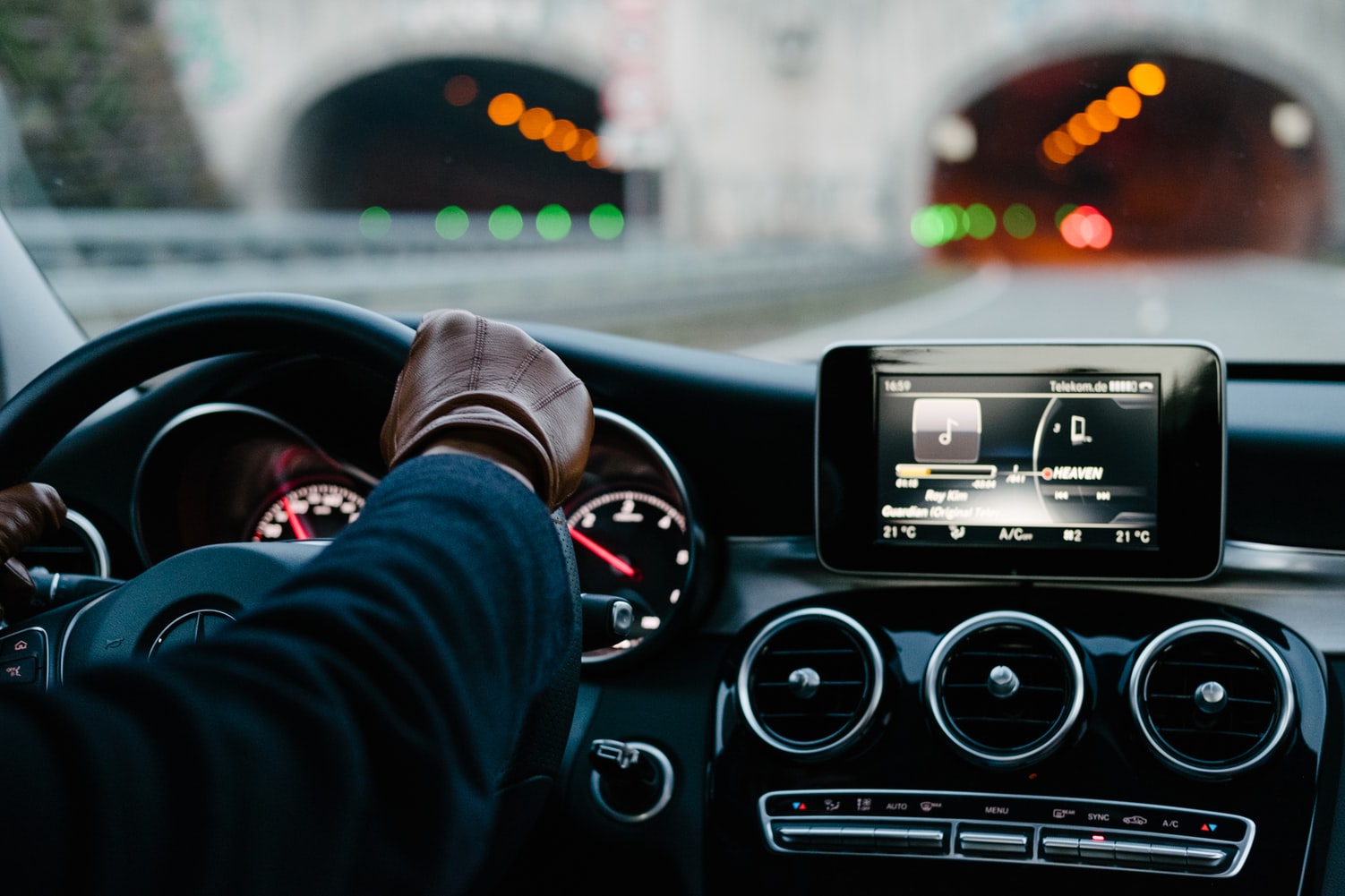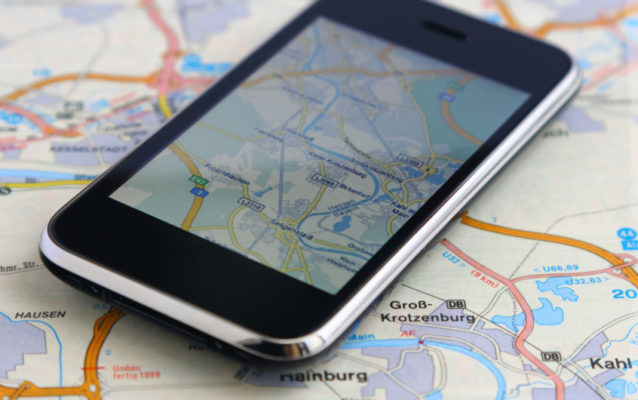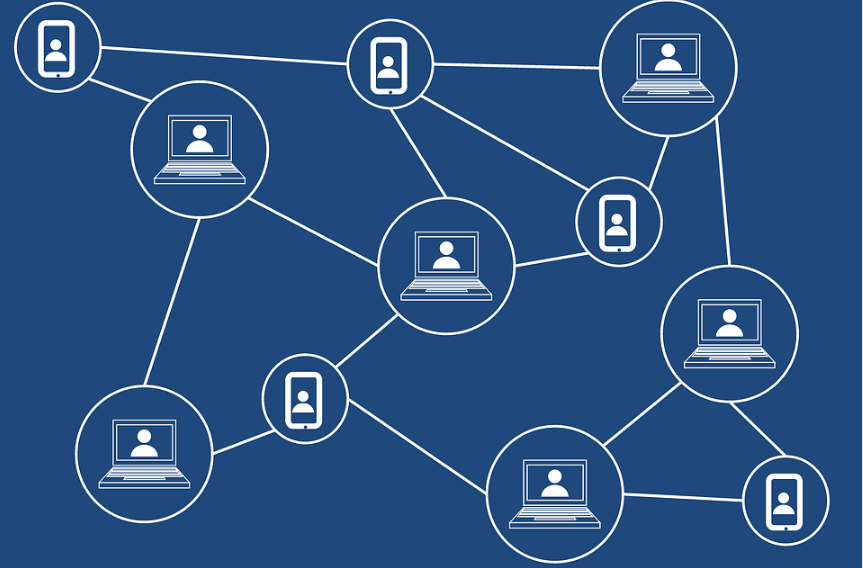5 Ways IoT Is Taking Over The Automobile Industry

A report by Meticulous Research shows that the global automobile IoT market will grow at a 16.4% CAGR between the forecast periods 2019-2025 to reach $541.73 billion, according to the GlobeNewswire. In the past few decades, the internet of things was a fancy technology, but not anymore.
It is already in use and transforming the way we live, from how we communicate to making purchases, and now how we drive. In the automobile industry, IoT is considered the next big step towards a better world, as it creates new opportunities for automakers and consumers globally.
Using this technology at both manufacturing and commercial levels has gained popularity for its various multi-purpose applications. Besides connecting cars and automating transport systems, the Internet of Things is transforming the automotive industry in significant ways.
Table of Contents
Autonomous Driving
Although we are yet to see a fully autonomous car, the impact of IoT in vehicles is immense. With various carmakers often displaying their capabilities in delivering self-driving cars, by incorporating IoT, the possibilities are endless. IoT systems and devices integrated into cars partially assist drivers with driving, braking, lane changing activities, and parking.
Thanks to proximity cameras and sensors, vehicles can make on-spot decisions while controlling driving tasks partly to reduce the load from drivers and prevent accidents. Cars can identify and communicate with upgraded road markings and signs to reduce human error and make driving safe and comfortable.
Streamlined Car Shopping Experience
The traditional car buying process is hectic, which is why most consumers would consider making the entire purchase online if given the opportunity. By integrating advanced technologies and IoT systems, dealerships are revamping the buying experience. For instance, auto dealers are taking advantage of data analytics and dashboard reporting to gather quality data regarding car performance. With more connected cars on the road, it is easy to collect driver data and analyze consumer feedback. As a result, auto dealers can provide accurate consumer-driven automobile data and ratings on various models, pricing, and performance online.
Also, auto sellers are leveraging augmented and virtual reality in the marketing process. AR and VR enable consumers to view car interiors and exteriors and review color choices through interactive touch screens. The beauty of these technologies is that buyers won’t need to visit auto shops, and they can also personalize automobiles depending on their needs.
In-Vehicle Infotainment
The internet of things plays a significant role in in-vehicle infotainment. IoT allows a connectivity of infotainment systems with other in-car systems and external devices like smartphones via the internet.
This feature enables users to enjoy video and audio streaming and navigation seamlessly from their smartphones by using Wi-Fi capabilities powered by 4G and 5G networks.
In recent years, automakers have collaborated with tech companies like Google and Apple to integrate on-demand apps in automobiles. Both mid and high-end luxury cars now come with Apple CarPlay and Android Auto, which enable users to incorporate iPhones or Android phones to stream music for entertainment and access maps for easy navigation.
The car of the future will have software and connectivity integrated into the infotainment system for easy access to on-demand entertainment, maps, and internet-connected services.
Preventive Maintenance and Repairs
IoT systems provide connectivity to in-car sensors to help detect or predict failure and potential problems. The role of in-vehicle sensors is to monitor the car’s functional metrics like tire pressure, acceleration, fuel level, engine temperature, emissions, engine-oil, and brake fluid levels.
The information collected offers drivers preventative and predictive updates and steps they should take to address possible car malfunctions before they arise.
As carmakers continue developing apps powered by IoT, drivers can easily access health-monitoring reports via their smartphones. In the coming years, this technology will become a source of data collection for service departments. This will allow dealers to inform customers of potential problems even before warning alerts flash on their vehicles or smartphones.
Automobile Telematics
Since IoT allows vehicles to connect to the Internet, you can access your car remotely and control its functionality via your smartphone.
Ideally, you can unlock or lock your vehicle, sound the horn, or even flash the lights from any location. When it comes to automotive telematics systems, the Internet of Things enables you to track vehicle location.
You can also monitor real-time details like speeding, fuel usage, idling, tire pressure, and potential malfunctions. Incorporating vehicle telematics solutions in transportation and fleet management improves business processes.
Enhanced vehicular telematics manages the interconnectivity between in-car devices, cloud storage, and systems used by fleet companies to monitor, record, and communicate with cars in-transit, in real-time.
IoT, together with other advanced technologies, is revolutionizing the automobile industry by influencing the emergence of connected and automated vehicles. IoT has improved car inspections and maintenance activities, not to mention entertainment. Vehicle telematics allow transmission of data over a long distance, which enhances communication, safety, and security.





